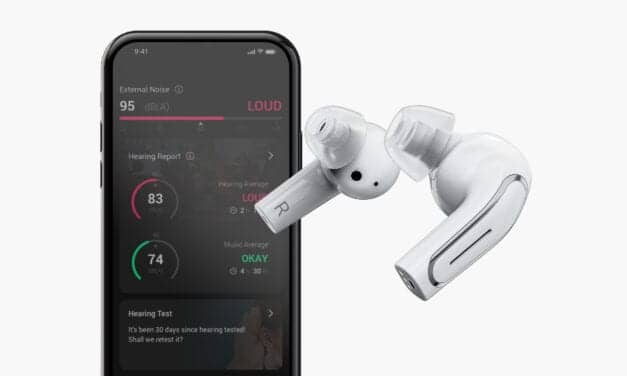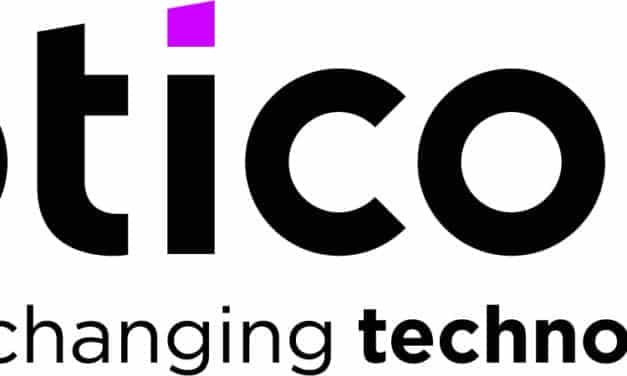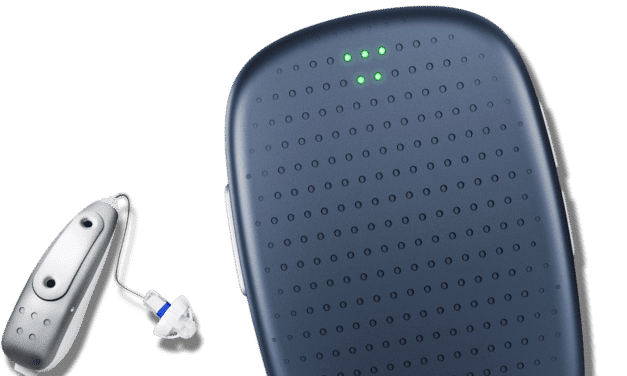Important Steps for Creating a Fee-For-Service Practice
Moving away from “bundled pricing” to a fee-for-service model can be a daunting, but increasingly necessary, challenge for many hearing care practices. Here is a brief discussion of the most important factors to consider when converting a practice to the fee-for-service model.
Read More













